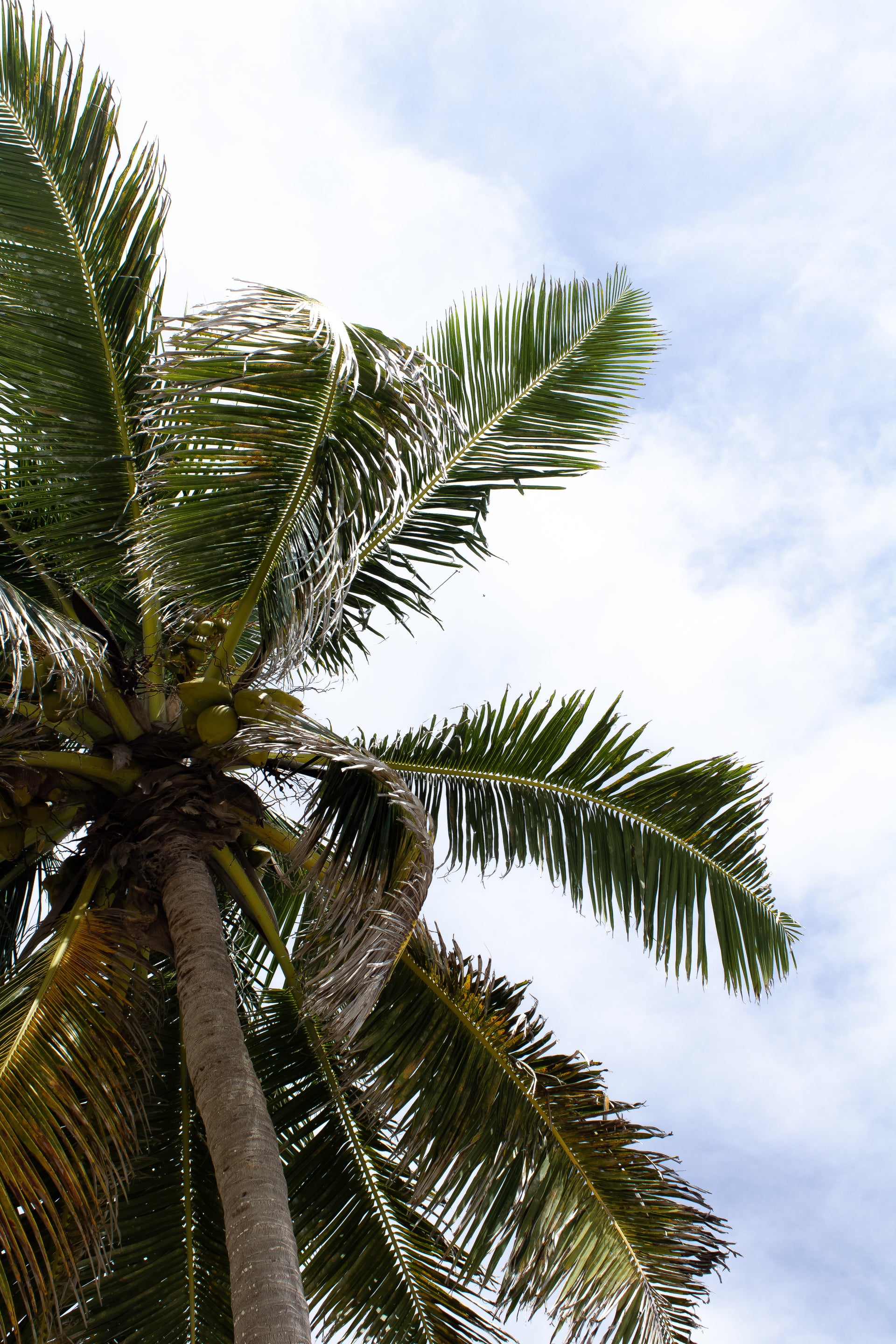Our YouTube channel includes detailed installation guides, frequently asked questions, product overviews and lots more. We are always open to content ideas so please let us know if there is a topic you would like us to cover.
The Evolution of Sun Shade Sails: From Ancient Times to Modern Usage

Sun Shade Sail
In the era of ancient civilizations, the concept of the sun shade sail was a critical innovation. Greek and Roman societies utilized large pieces of fabric, attached to poles, to create shelter from the sun. The design was largely rudimentary and functional, prioritizing practicality. However, the essence of the sun shade sail - offering protection against the sun - was informative of future iterations.
By the Middle Ages, the sun shade sail evolved into more structured and aesthetic designs. People began crafting them in various shapes and sizes, with triangle sun shade sail designs being particularly popular. With advancements in design and material, the sun shade sail pole also became more robust and resilient. As trade and exploration dominated this era, sun shade sails were often used in outdoor markets or aboard burgeoning fleets, sheltering travelers and merchants from the harsh sun.

Moving onto the era of industrialization, commercial production of sun shade sails took flight. Newer materials like canvas, cotton, and later, synthetic fabrics were employed, enhancing durability and functionality. Sun shade sail pole ideas also expanded, with designs made from wood, iron, or even brass, offering enhanced support and stability to the system.
In the present day, the sun shade sail has evolved into a multi-faceted outdoor accessory. Contemporary designs showcase a plethora of shapes, sizes, and colors, crafted from an array of durable fabrics and materials. They are not only functional, protective measures against harmful UV rays but also contribute significantly to the aesthetic appeal of outdoor spaces. Moreover, they have become easy to install, further enhancing their popularity in modern households and commercial spaces.
The sun shade sail has indeed come a long way from its inception in ancient civilizations. Its evolution reflects our progress in adapting and innovating according to the ever-changing environmental and aesthetic demands. Sun shade sails today are a testament to years of experimentation, craftsmanship, and design innovation. From practical necessity to stylistic asset, the sun shade sail continues to be a quintessential sun protection system that has weathered the test of time.
Without a shadow of a doubt, the sun shade sail has proven its timeless efficacy and adaptability through centuries of evolution. From simple, functional designs employed by ancient civilizations to diverse, vibrant canopies adorning modern households - the journey of the sun shade sail is a tribute to human innovation and adaptability. Its story remains a compelling page in the annals of history, enticing us to appreciate the confluence of technology and creativity in everyday life.
FAQ: The Historical, Evolutionary and Modern Aspects of Sun Shade Sails
What is the history behind the invention of sun shade sails?
The invention of sun shade sails has roots in ancient civilization, tracing back to the Roman and Egyptian times. Back then, shade sails were used to provide protection from the sun in public spaces and during sea voyages. They were largely made from large cloth or animal skins and were incredibly effective in blocking the harsh rays of the sun. Impressively, the existence of sun shade sails across ancient structures is well-documented. One of the most notable is the vast sail-like canopy that covered the Roman Colosseum, manipulated by a team of sailors to shield spectators from the blazing sun.

How has the design of sun shade sails evolved from ancient times to modern day?
The primitive design from the ancient era was largely a matter of necessity, using materials that were readily available. Over centuries, the design of sun shade sails has evolved tremendously. Modern shade sails hardly resemble their ancient counterparts. They are available in a wide variety of shapes, colors, and sizes to match decor trends or specific design requirements. They can be easily mounted and dismounted, and the sophisticated, tensioned fabric designs of today offer improved sun protection, water resistance, and durability.
What are the modern uses of sun shade sails?
Sun shade sails in modern times are primarily used for sun protection in both public and private spaces. They are widely used in patios, decks, carports, child care centers, public pools, school playgrounds, and outdoor dining, outdoor classrooms, pickleball courts, among others. Sun shade sails also add aesthetic appeal to the spaces, offering attractive and contemporary shading solutions that blend well with different architectural styles. Moreover, some types also offer rain protection, expanding their usability.
What materials were first used in the construction of sun shade sails and what are commonly used materials today?
In the early days, sun shade sails were constructed from large cloth, animal skins or even woven plant material. Over the years, the materials have advanced considerably to meet the demand for durability and weather resistance.
Modern sun shade sails are typically made from high-density polyethylene (HDPE) or polyester, which are both durable and breathable. These materials not only block UV rays but also allow for cooling air circulation. They’re light, water-resistant, and capable of withstanding adverse weather conditions. Additionally, today's sun shade sail materials are treated with U.V inhibitors to increase longevity and maintain the color vibrant despite constant sun exposure.
In conclusion, sun shade sails have come a long way from the simplistic sun shade providers of the ancient era to the present-day decorative, functional, and resilient versions. Through innovative materials and designs, they offer us both aesthetic and practical solutions to beat the heat.



